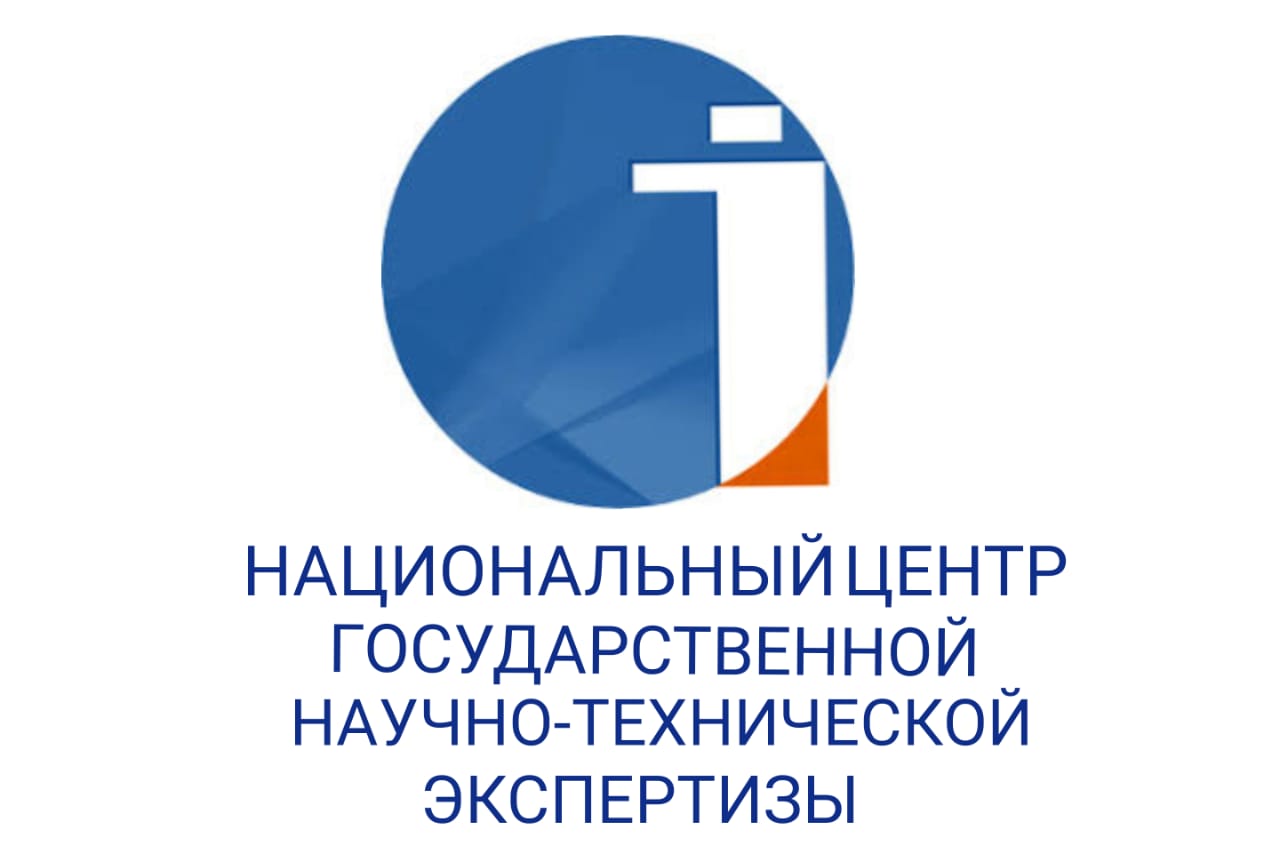SEMANTIZATION OF SINGLE-BASE COMMON ROOTS (BASED ON KAZAKH, KARAKALPAK, NOGAI LANGUAGES)
DOI:
https://doi.org/10.48371/PHILS.2024.4.75.003Keywords:
Turkic languages, common turkic units, Nogai language, Karakalpak language, monosyllabic roots, semantics, lexico-semantic approach, semaAbstract
The article examines the semantic nature of common roots derived from the same base in the Kazakh, Karakalpak, and Nogai languages, which are closely related within the Kipchak branch of the Turkic language family. Among the single-base roots analyzed by the scholar A. Kaydar, the roots for "ақ" and "аш" were selected for study.
The aim of this research is to identify the process of semantic development and semantization through the analysis of common monosyllabic roots in these languages.
The main focus of our work is to expand the scope of branches such as comparative linguistics, lexicology, semasiology, and the study of the general patterns of meaning. We aim to explore the cultural connections between the Turkic languages through the semantization of monosyllabic roots in the Kazakh, Karakalpak, and Nogai languages.
The scientific significance of our research lies in the in-depth study of common roots in these related languages of Turkic origins. This research is relevant to linguistics, enhances understanding of semantics, and demonstrates the practical application of its conclusions.
The research methodology includes methods of generalization, comparison, semantic analysis, and systematization, which help achieve the objectives and address the research tasks.
As a result of the semantic analysis, the following conclusions were drawn: monosyllabic roots in these languages have undergone changes throughout their historical development. These changes were influenced by the way of life of these peoples and the socio-historical context. It was observed that a monosyllabic root may retain its original meaning in one language, while in another, it may develop a new meaning through the process of meaning expansion, or the meaning may become obscured or evolve into a completely different sense. Additionally, the phenomena of meaning narrowing and expansion were examined and their outcomes determined.
Today, there is a great deal of ongoing research in emerging areas of linguistics. However, the study of comparative linguistics, particularly the examination of the Nogai and Karakalpak languages, as well as the analysis of the semantization process, highlights the significance of our research. This article can be used as supplementary material in higher education institutions for courses such as "Semantics of the Kazakh Language" and "Comparative Linguistics".
The practical significance of the research lies in the fact that the semantic analysis we have developed can serve as a model for the accurate scientific study and mastery of the Karakalpak and Nogai languages.
The problem of semantization is the result of complex processes. For modern young scientists and researchers to master the methods of semantic researches, it is essential to write scientific papers in these field and present new findings.








